QuestionWe have a Texas Spiny Lizard in an aquarium. We came home yesterday and she has completely rearranged the sand in her tank. She now made herself a little hill (and has hardly left it) at the bottom there is one lonely egg (so I am assuming there are more buried) What should we do now? Leave them (it) alone as she seems to watch us closely as we get close to her hill?
AnswerIf she is a recently wild-caught female, or you have a male, then assume the eggs are fertile. If you do not incubate them, they will not hatch. In a dry environment, they will soon die.
Reptile eggs require relatively high humidity and controlled temperatures to hatch. Reptiles look for the proper location to lay their eggs, but of course, in a cage their options are limited.
You should give your lizard a nesting box filled with moist peat moss to lay her eggs in, otherwise, she may try to retain them until she can find a suitable place, and this sometimes leads to egg binding. She knows instinctively that dry sand is a death sentence for them.
She may lay up to 4 clutches in a year, so if you think she's becoming gravid again (and they can retain sperm from previous matings), give her a nest box. It's a good idea to give her a nest box now, in case she hasn't laid her entire clutch, and is retaining a few eggs. It may encourage her to lay them.
To hatch the eggs, remove them promptly and place them into a sealed container full of vermiculite moistened with water (50/50 by weight, not by volume - the vermiculite should hold together when squeezed, but you should not be able to wring water out of it).
Keep them at 83F, and they will hatch in 50 to 60 days. (Don't peek until the last couple of weeks, you don't want to allow moisture and heat to escape too often).
New babies will need tiny insects for food! Flightless fruit flies would be a good choice, as would true pinhead crickets. Set up just like an adult, with UVB light and controlled heat. Most reptiles should not be kept on sand, as very few environments, even in the desert, are made of loose sand. Paper towel will be safer for the babies, as they may accidentally eat sand, which can block their intestines.

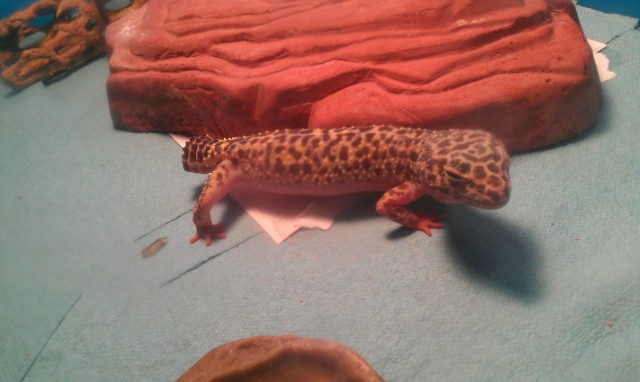 My leapord gecko please it got attacked by my cat
QuestionQUESTION: Please please IM in tears look my gec
My leapord gecko please it got attacked by my cat
QuestionQUESTION: Please please IM in tears look my gec
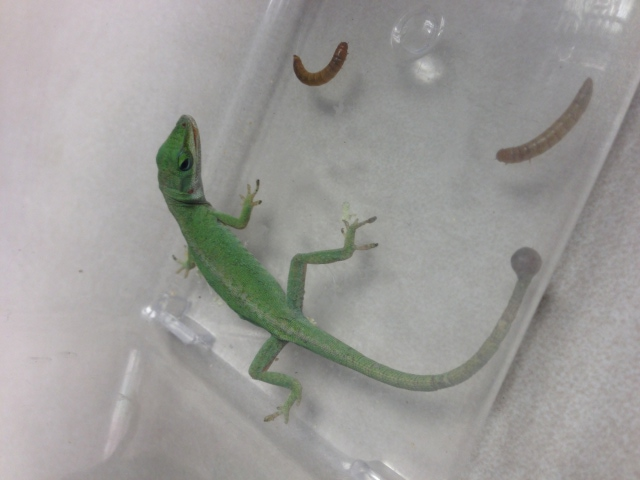 Green Anole, femail, cyst/blister
Question
Axebella
Hello Donna. My son and
Green Anole, femail, cyst/blister
Question
Axebella
Hello Donna. My son and
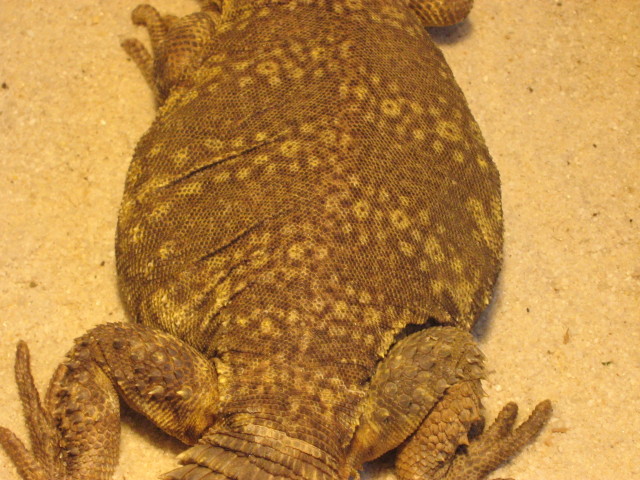 Gravid or fat?
Question
Gravid or just fat?
Hi again..i forgot to ment
Gravid or fat?
Question
Gravid or just fat?
Hi again..i forgot to ment
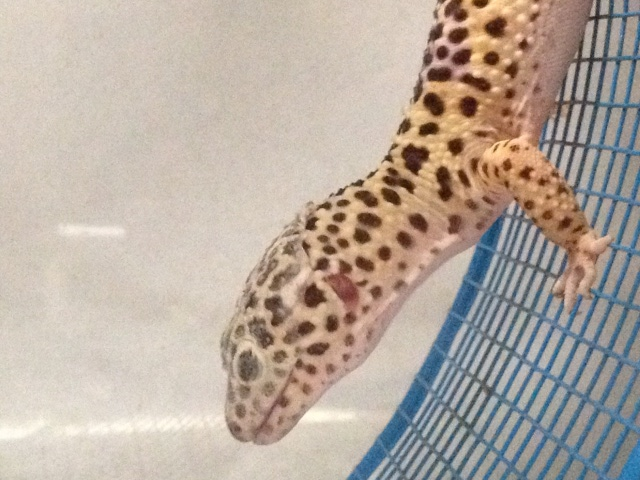 Leopard Gecko Eye Problem
QuestionClosed eye.
QUESTION: I have a four/fiv
Leopard Gecko Eye Problem
QuestionClosed eye.
QUESTION: I have a four/fiv
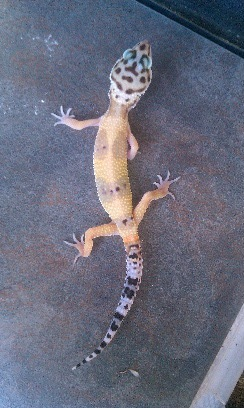 Female Leopard Gecko wont eat
Question
Mac
Hi,
I got 2 female Leopard Gecko a
Female Leopard Gecko wont eat
Question
Mac
Hi,
I got 2 female Leopard Gecko a